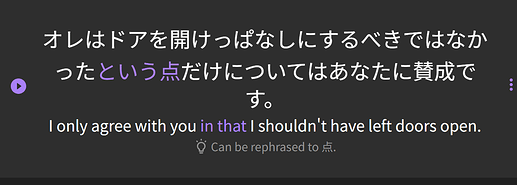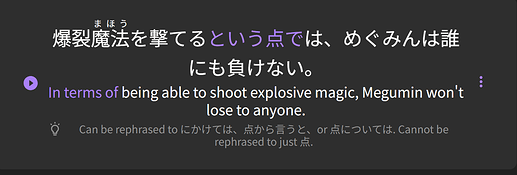don’t think you were stupid I think that bp should revise this a little -
Having some issues understanding this as well and thought “ALWAYS” ok but then wait exceptions. And what’s worse is there is an example
No where does the write up even talk about からかがえると
The write up still says
So it’s NOT all cases but it does need to be followed by some sort of particle. Suggest BP reword/rewrite this in all cases except when it may be replaced by について、からいうと、からかんがえると、etc (see below).
The way it’s presented could use some improvement for sure. Also it’s not always clear why sometimes it’s ok to sub and sometimes it’s not
This one seems ok to me
but then there are others that seem ok but don’t seem consistent with others
so ok this is a noun and needs a の, can’t use という makes sense.
But then
not sure howあらゆる is being used here but if it’s noun/pre noun then it would expect a の modifier and ok cannot replace with という。 Which is ok, but then
now we can put という with this one even though it is a noun.

this one has me more puzzled because after a verb we can just put 点で but for some reason we can use everything except that one
I realize that I am still just learning this grammar point and certainly very confused right now but this explanation overall could be improved. I know you folks do read and listen to the users so please take this as constructive feedback, in the meantime will work on trying to better understand this grammar point.
Thanks!
last edit another one the last example
not followed by anything previously explained but now followed by だけ before について???
and that one can be rephrased but then this one cannot
No idea why I’m so confused but maybe it will make sense in the morning, in the meantime the explanation seems at least a bit incomplete and could use some updates.












